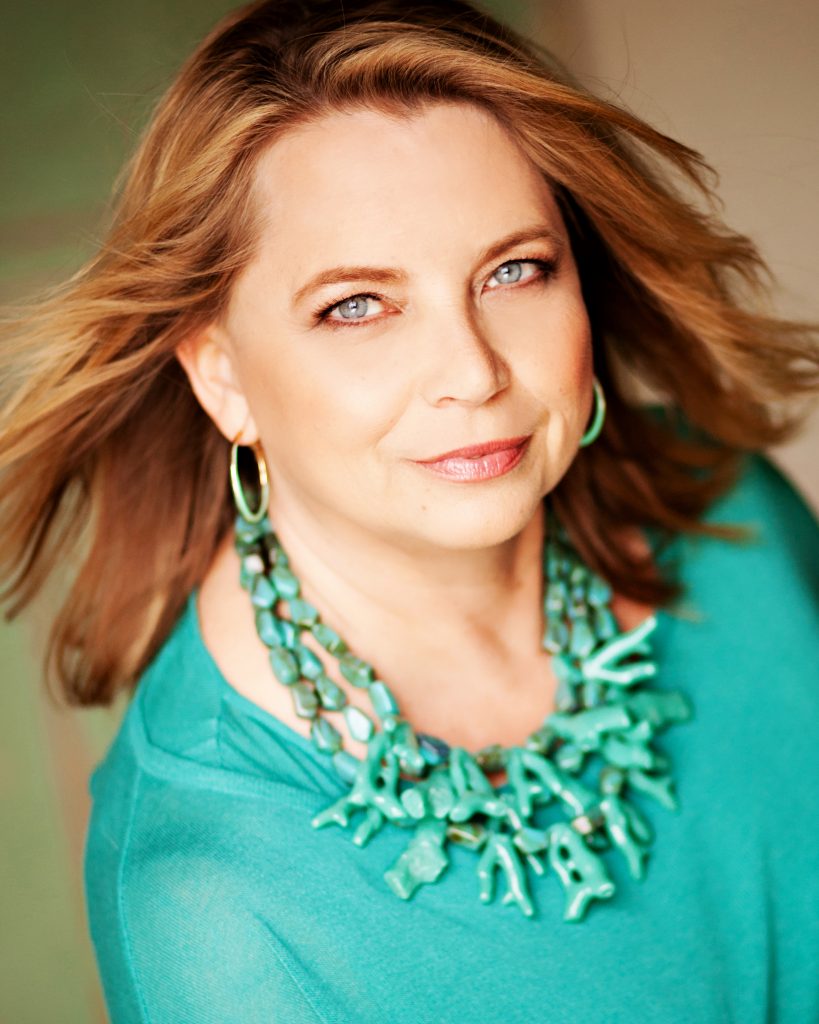Camarada Offers Feast of Music by Women Composers in Barrio Logan
Although the acknowledgement of women composers in the arena of classical music has grown steadily in recent decades, it still has a long road to travel. In light of this challenge, Camarada Artistic Directors Beth Ross Buckley and Dana Burnett fashioned a concert titled “Music, SHE Wrote,” devoted exclusively to music written by women over the centuries, and presented it Saturday (November 4) at Bread and Salt in San Diego’s Barrio Logan.
Camarada spanned western music history from the medieval abbess composer Hildegarde von Bingen to Chelsea Komschlies, a 26-year-old graduate student from Philadelphia’s Curtis Institute of Music; crafting a robust, satisfying program full of welcome surprises. Happily eschewing a pedantic historical progression of musical examples, Camarada opened with a courtly, vivacious Baroque ensemble Sonata by the French master composer Elizabeth Jaquet de la Guerre; jumped back 500 years to an impassioned yet mysterious instrumental transcription of one of Hildegarde’s liturgical antiphons, and then offered a challenging, virtuoso violin solo from 2014 by the noted American composer Ellen Taafe Zwilich.Such striking stylistic contrasts invigorated the entire program.
Violinist David Buckley, cellist Joanna Morrison-Pernela, flutist Ross Buckley and keyboard player Burnett—all Camarada regulars—infused Jacquet de la Guerre’s Sonata with infectious rhythmic drive that elegantly propelled the work through five continous but highly contrasting sections, aptly exploiting its sparkling counterpoint and sharply defined metrical pulses that suggested traditional French dances.
Another vivacious dance suite, contemporary American Libby Larsen’s Barn Dances, united clarinetist Sheryl Renk with flutist Ross Buckley and pianist Burnett and offered similar rhythmic élan. This work presents Larsen sporting her version of neoclassicism, dusted with occasional mild extended instrumental techniques for the wind players. In Larsen’s work I heard various stylistic homages, including a tip of her chapeau to the early 20th-century busy but charming counterpoint of Les Six and a nod William Bolcom’s tongue-in-cheek rags in the coy sashaying of her slow second movement, “Divide the Ring.”
I admired the many engaging flourishes and rigorously imaginative duo writing in Komschlies’s “Steam,” a four-movement suite for clarinet and flute performed with crisp discipline by Beth Ross Buckley and Renk. The composer displayed the wit and drive of J. S. Bach’s two-part inventions without depending on the easy cliches of any of the ubiquitous neo-Baroque styles of the last century. If only Paul Hindemith’s numerous dry-as-dust instrumental sonatas exhibited Komschlies’s ingratiating allure.
Burnett and Morrison-Pernela brought out Fanny Hensel Mendelssohn’s passionate Romantic spirit in her Fantasie in G Minor for Cello and Piano, although I found it difficult in this modest piece to find the composer’s distinctive voice. I did detect the effusive melodic style of her brother Felix and the structural predictability of Robert Schumann. But then, perhaps if we knew more of Clara Wieck Schumann’s compositions, I would be comparing Fanny to her and not to Robert!
Although Zwilich’s solo violin Fantasy was written for a violin competition, David Buckley’s deftly phrased, spirited account of this technical showpiece raised it to the level of a ravishing rhapsody. In retrospect, I believe this piece was the unexpected gem of this fine program.
Playing against the more expected function of Larsen’s “Fanfare for the Women” for solo trumpet, Ray Nowak boldly closed the program with this assertive, spacious modernist fanfare.
This concert was presented by Camarada on Saturday, November 4, 2017, at Bread and Salt, 1955 Julian Ave., San Diego, CA. Camarada’s next performance is slated for January 20, 2018, at the same venue.


Are Hindemith’s organ sonatas “dry as dust”? Not to me.
Yes, I will give the organ sonatas a pass on that judgement–although these works have almost completely disappeared from today’s recital repertory. I am thinking of all those academic sonatas he wrote for piano and trumpet, piano and viola, etc.